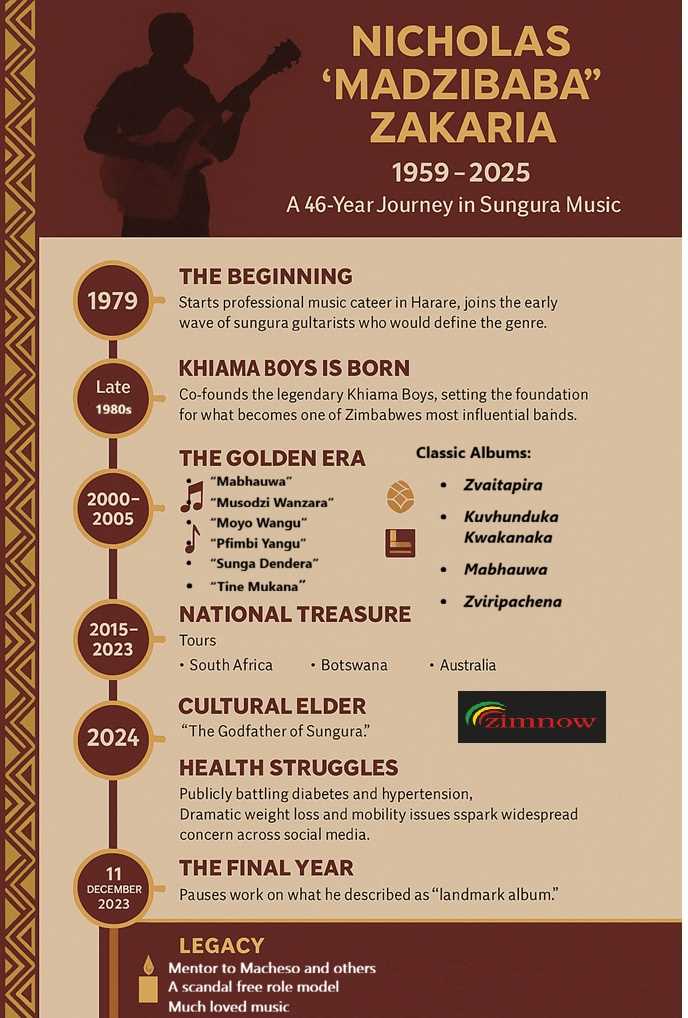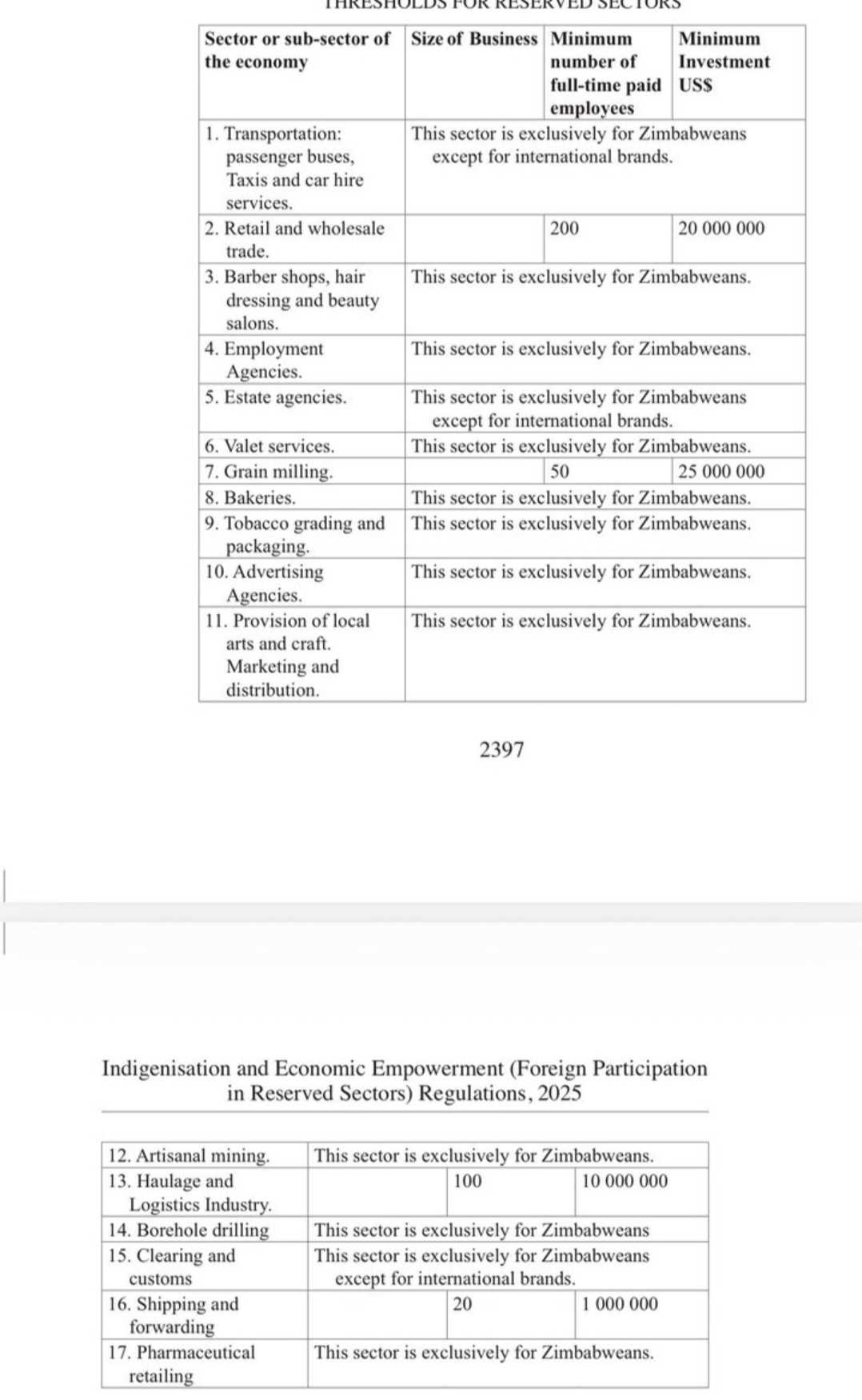
Zimbabwe’s agriculture sector has exceeded expectations, growing into a US$10.3 billion industry, a development Agriculture Minister Anxious Masuka says reflects the nation’s resilience and commitment to food security.
Masuka announced that despite enduring “the worst drought in forty years during the 2023/2024 season,” Zimbabwe still managed to surpass its earlier agricultural target. He attributed this success to “the relentless efforts of our farmers and the supportive policies of the Second Republic.”
He described the sector’s progress as remarkable, saying “This remarkable achievement is a testament to our collective resilience. We have seen record wheat production, making us a regional breadbasket once more.”
Masuka added that the horticulture sector has been revitalized, with “blueberries and avocados earning crucial foreign currency.” He further noted improvements in livestock recovery and irrigation expansion. As a result, rural household food security has risen significantly from 44 percent in 2020 to 85 percent today.
Related Stories
“These are not just statistics; they are stories of transformed lives and communities,” he said.
Looking ahead, the government has launched the Agriculture Food Systems and Rural Transformation Strategy 2 (AFSRTS 2), officially introduced by President Mnangagwa on 29 October. This strategy aligns with the National Development Strategy 2 and is intended to push the nation closer to Vision 2030.
Masuka explained the plan’s purpose, stating “This new strategy is our sectoral implementation plan for the National Development Strategy 2, guiding us towards the attainment of Vision 2030. Our new target is to build a US$15.8 billion agriculture industry by 2030.”
AFSRTS 2 is built on key pillars aimed at ensuring food sovereignty and nutrition security.
Masuka emphasized Zimbabwe’s developmental trajectory “Zimbabwe is on an irreversible path to becoming a prosperous and empowered upper middle-income society by 2030, with a viable, competitive, sustainable, inclusive, and resilient agricultural sector at its core.”



















Leave Comments